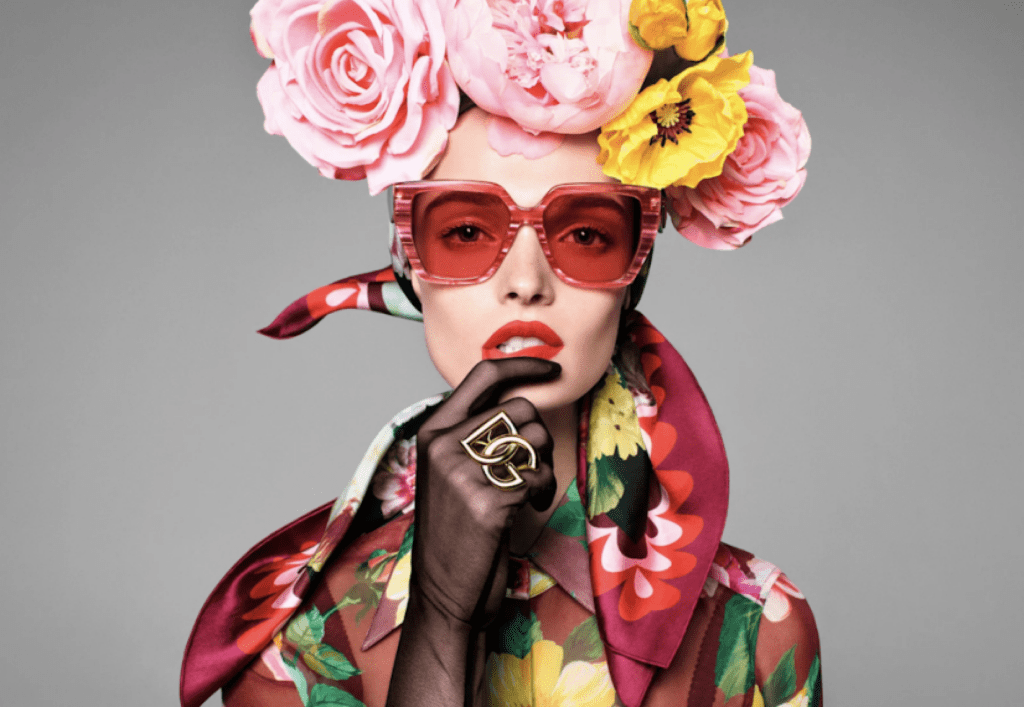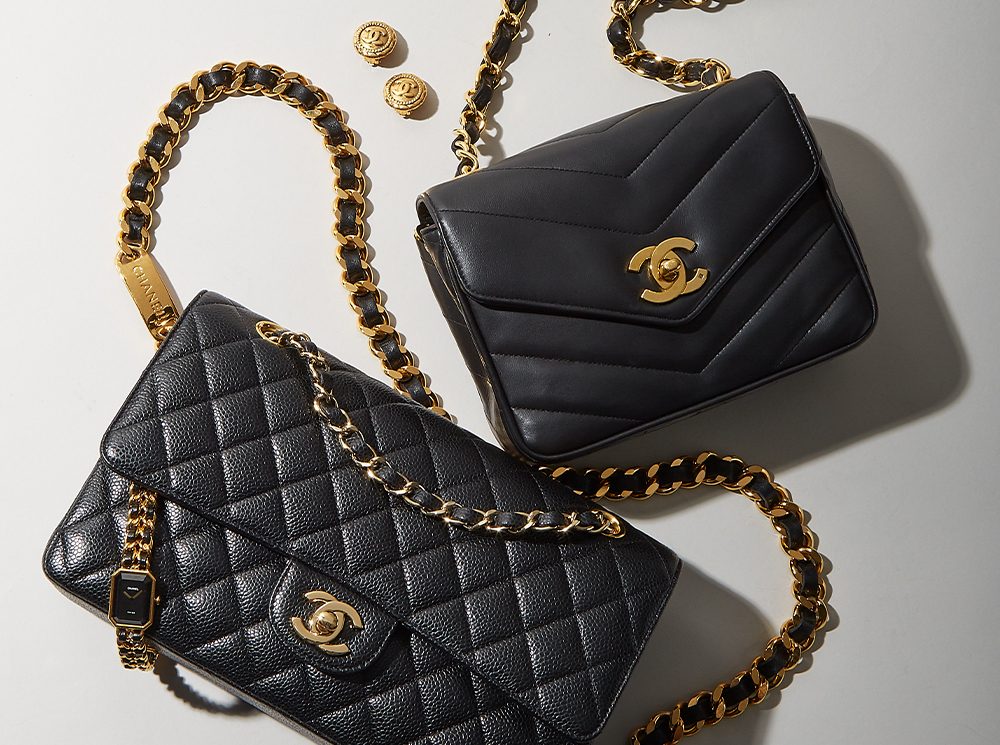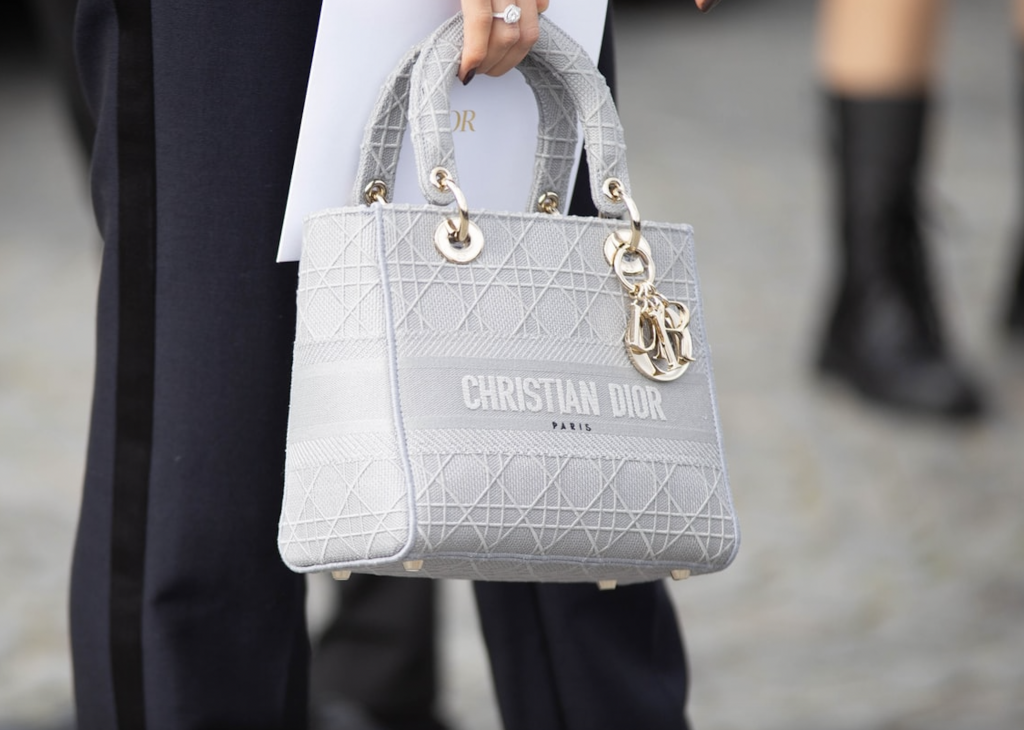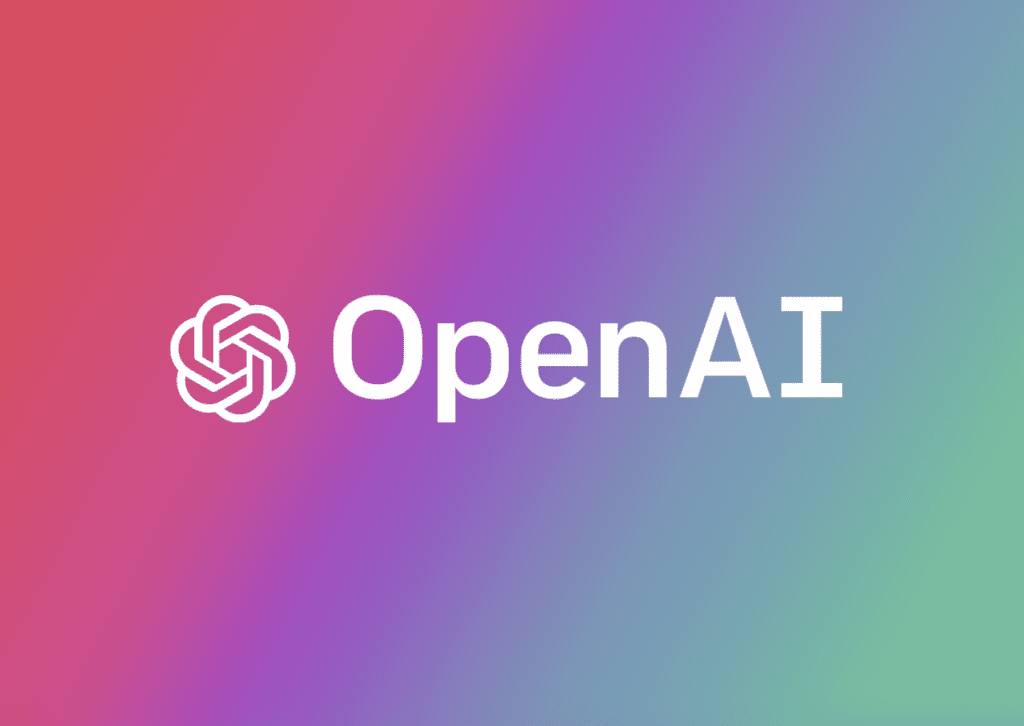Dolce & Gabbana is facing a proposed class action lawsuit for allegedly violating federal securities laws by way of its now-defunct DGFamily non-fungible token (“NFT”) project. In the complaint that he lodged with the U.S. District Court for the Southern District of New York federal court last month, Luke Brown claims that Dolce & Gabbana partnered with UNXD and inBetweeners to create and market the DGFamily project, which they marketed as consisting of a combination of digital assets and exclusive brand-related benefits. The problem, according to Brown, is that after raking in millions of dollars from consumers, Dolce & Gabbana abruptly abandoned the project and “deliberately undertook a scheme to defraud” the NFT buyers.
Setting the stage in his complaint, Brown alleges that Dolce & Gabbana launched the DGFamily NFTs in collaboration with UNXD and inBetweeners (collectively, the “defendants”) in April 2022. In furtherance of the project, which reportedly generated $25 million in sales, the Italian fashion brand and its partners promised consumers access to a set of eight “digital, physical, and experiential benefits” that they would deliver over the course of two years. These allegedly “high value” benefits were to include virtual wearables, physical clothing, and exclusive access to D&G events.
Brown, who invested $6,000 in the project, alleges that things went south when the defendants “failed to provide the complete set of benefits they promised” to him and other DGFamily NFT buyers “despite repeatedly promising [that] the products would be delivered, while continuing to push back the delivery date.” By delivering only two of the eight guaranteed “drops” before shuttering the project, Brown claims that Dolce & Gabbana engaged in a “rug pull” scheme – a term used in the crypto world to describe a project where creators solicit funds from investors by promising certain perks, only to abandon the project, and abscond with the purchasers’ money.
Not limited to the defendants’ failure to make good on their promises of perks, Brown claims that the defendants’ scheme went further, as they sought to “artificially inflate the trading volume and the value of the [DGFamily] NFTs,” namely by using “wash trades” – a market manipulation tactic in which an entity simultaneously buys and sells the same asset to create a misleading picture of high trading volume and liquidity. Similar to other crypto controversies (including those involving Tronix and BitTorrent), the strategy here was to generate buzz around Dolce & Gabbana’s struggling NFT project by creating a false impression of demand and value.
In short: Dolce & Gabbana and co. “promoted DGFamily products online as ‘a slate of digital, physical, and experiential benefits,” which led “thousands of people [to] purchase said fraudulent security products,” per Brown. The defendants “also manipulated the price of DGFamily products by using their investors to buy DGFamily products to illegally drive up their price – before [they ultimately] failed to deliver 75 percent of what they promised.”
Brown contends that the defendants “operated this fraudulent venture to exploit and steal from [him] and other customers who trusted [their] false representations,” and as a result, he and other DGFamily NFT purchasers “deserve redress from the defendants for their fraudulent promotion and sale of products that did not provide the return on investment advertised, [their] failure to support the DGFamily project, and [their] manipulation of the price of the DGFamily Products,” Brown states in his complaint.
With the foregoing in mind, Brown alleges various causes of action, including fraud, breach of contract, unjust enrichment, and violations of New York and California consumer protection laws, as well as violations of federal and state securities laws, including Sections 10(b) and 20(a) of the Securities Exchange Act of 1934 and Rule 10b-5. He is seeking monetary damages, including the repayment of all investments made to buy DGFamily Products, on behalf of himself and similarly situated individuals, namely, others who purchased the DGFamily NFTs.
THE BIGGER PICTURE: The case not only sheds light on the still-relatively-unregulated nature of NFTs but it also serves as a warning sign for brands that may be looking to use NFTs as a marketing tool despite an overarching decline in the market and demand for NFT-linked projects.
Dolce & Gabbana is not the first brand to experiment with NFTs – or the first to land in legal hot water. Brands like Gucci, Louis Vuitton, and Burberry, among others, have all dipped their toes into the world of Web3 by way of NFT projects. Meanwhile, resale platform StockX similarly debuted NFTs back in 2022, a venture that landed it on the receiving end of a still-ongoing legal clash initiated by Nike.
And in another closely-watched NFT case, Hermès filed suit against the creator of the MetaBirkins NFTs, arguing successfully that the Mason Rothschild infringed its well-known Birkin trademarks by way of NFT-linked digital images that mirror the design of its most coveted handbag style and that bear the MetaBirkins name.
The case is Brown v. Dolce & Gabbana USA, Inc., et al., 1:24-cv-03807 (SDNY).











